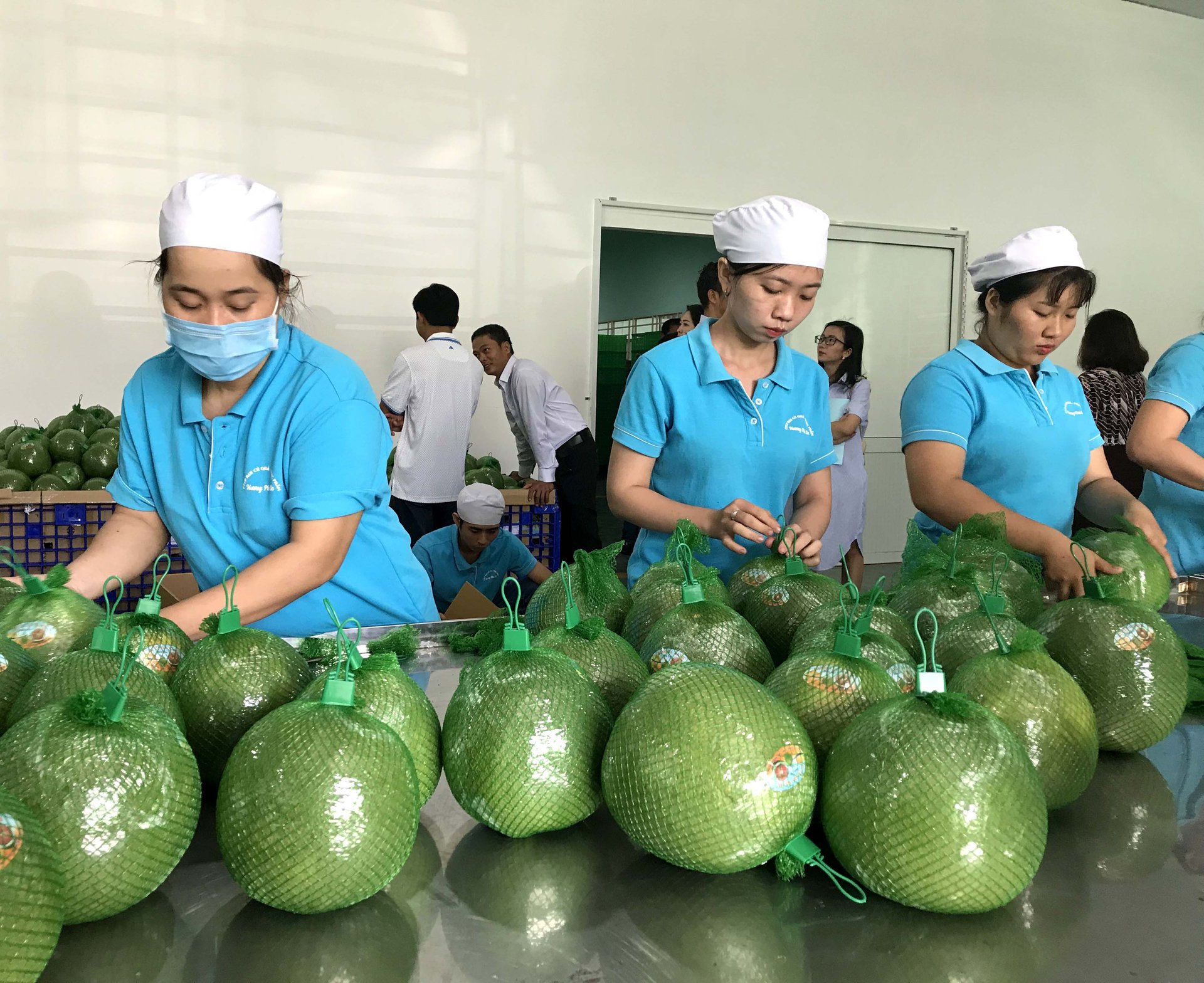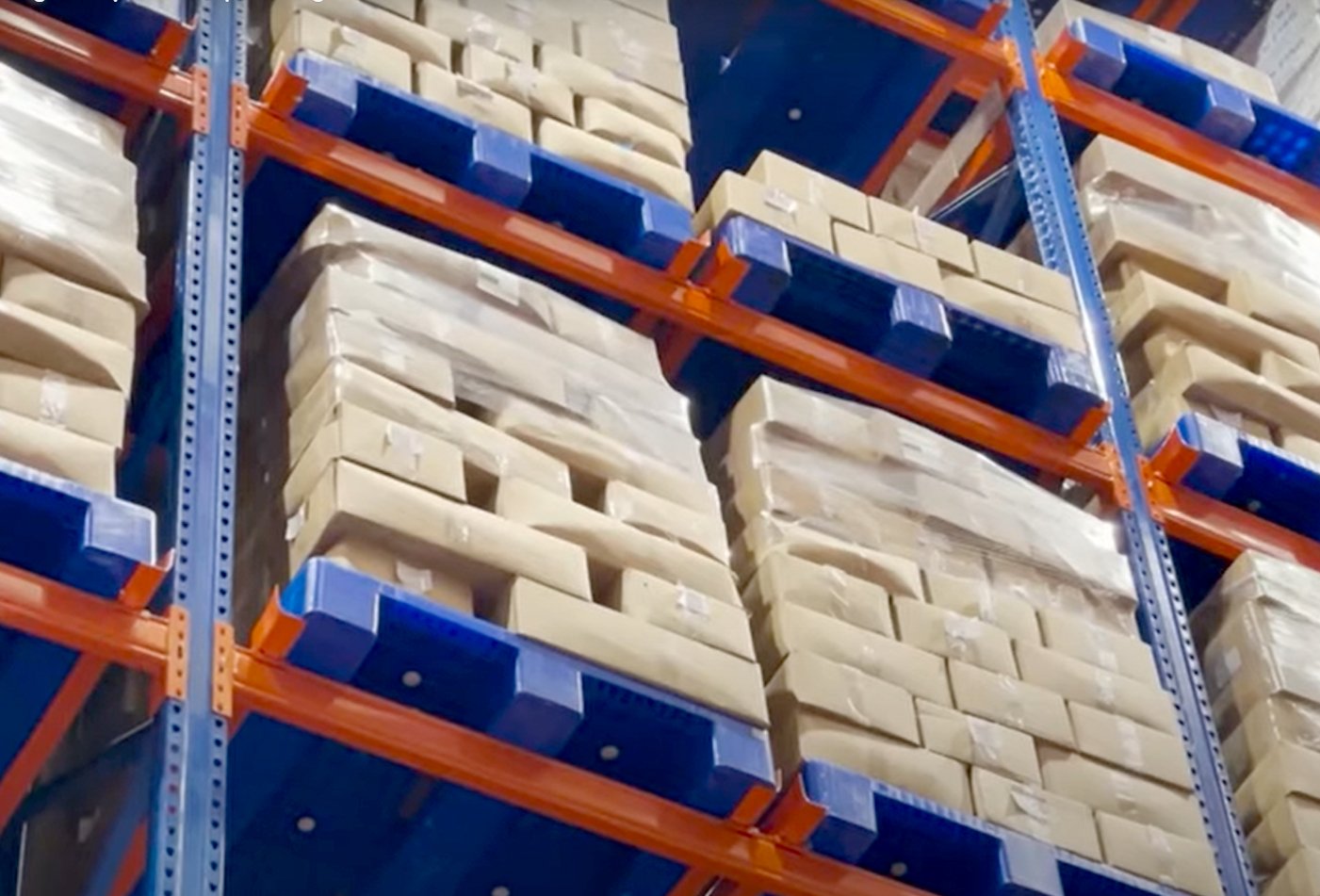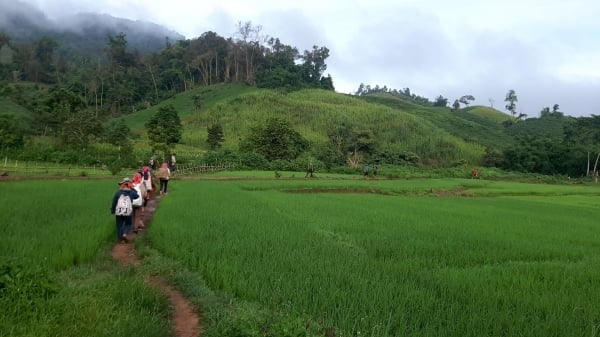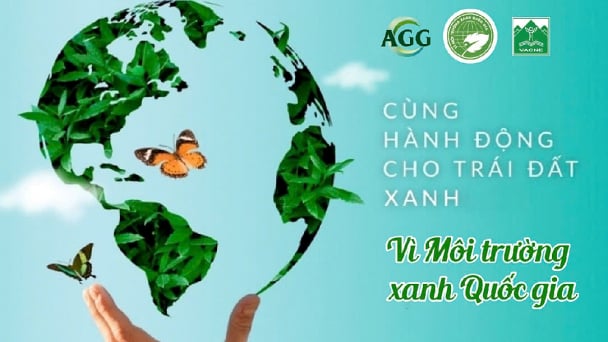May 18, 2025 | 09:17 GMT +7
May 18, 2025 | 09:17 GMT +7
Hotline: 0913.378.918
May 18, 2025 | 09:17 GMT +7
Hotline: 0913.378.918

Fruits are the largest export category within Vietnam's structure of fruit and vegetable exports. Photo: Son Trang.
According to the Agency of Foreign Trade under the Ministry of Industry and Trade, Vietnam's export of fruits and vegetables was active and developed strongly in September. Accordingly, the month's export turnover was estimated at 650 million USD, which is an increase of 39.9% compared to August 2023 and a 160% increase compared to September 2022. With the achieved figures in September, Vietnam's export turnover of fruits and vegetables in the first nine months of 2023 is estimated at 4.2 billion USD, which is an increase of 71.8% compared to the same period in 2022.
Subsequently, Vietnam's export of fruits and vegetables in the first nine months of 2023 has exceeded the export turnover in 2022, which was 3.36 billion USD. Most notably, this is the first time that Vietnam's fruit and vegetable exports have exceeded the 4 billion USD mark in a year. Consequently, fruits and vegetables have become one of the few Vietnamese agricultural products, including shrimp and wooden furniture, to achieve an export value of over 4 billion USD. The previous record for fruit and vegetable export turnover in a year was 3.8 billion USD in 2018.
Vietnam's export of fruits and vegetables has maintained a consistently high growth rate and surpassed the 4 billion USD mark thanks to the strong increase in export prices to the Chinese market. Namely, the value of fruit and vegetable exports to the Chinese market reached 2.3 billion USD in the first eight months of 2023, which is an increase of 134% compared to the same period in 2022. China accounts for 63.7% of Vietnam's total export turnover of fruits and vegetables in the first eight months, which is a significant increase from 44% in the first eight months of 2022. These figures indicate that China's fruit and vegetable imports have recovered after the abolishment of the Zero Covid policy.
In addition to the Chinese market, fruit and vegetable exports to the Netherlands, the United Arab Emirates, and South Korea have also exhibited impressive growth rates in the first eight months of the year, with increases of 50%, 21.5%, and 18.3% respectively. The Japanese market also recorded a growth rate of 6.6%. Consequently, despite a decrease in export turnover to several major markets in the first eight months, including the United States, Taiwan, Thailand, and Russia, fruit and vegetable exports to other markets have shown impressive developments.

A temperature-controlled storage shelf inside the Long An Cold Storage Warehouse. Photo: Son Trang.
In the first eight months of 2023, fruits, with a remarkable growth rate, were the primary export category within the structure of the fruits and vegetables sector. Accordingly, dragon fruits and bananas experienced a decline within the export structure of fruits. On the other hand, other fruit types exhibited a significant upward trend. Most notably, the export value of fruit saw a substantial surge, positively impacting the entire fruits and vegetables sector. The export turnover of Vietnamese durian in the first eight months of 2023 reached 1.28 billion USD, which is an increase of 708.4% compared to the same period in 2022.
Furthermore, processed fruits and vegetables have shown robust growth in exports due to increased consumption by global consumers. As a result, processed fruits and vegetables have become the second-largest export category within Vietnam's fruits and vegetables sector, boasting a turnover of 794 million USD in the first eight months. This is an increase of 19% compared to the same period in 2022.
At the end of September, Transimex Joint Stock Company inaugurated Phase 1 of the Long An Cold Storage Warehouse in Vinh Loc 2 Industrial Zone, Ben Luc district, Long An province. The warehouse is a modern cold storage facility with an extensive storage capacity. The warehouse covers a total area of 29,000 square meters, with the capacity to store 56,000 pallet positions, featuring one automated cold storage and two cold storage rooms with temperatures ranging from -18 degrees Celsius to -22 degrees Celsius, two cool storage rooms with temperatures ranging from 2 degrees Celsius to 6 degrees Celsius, and three ambient temperature storage rooms. The Long An Cold Storage Warehouse can accommodate all types of goods that require temperature-controlled storage, including fresh fruits.
Mr. Nguyen Hoang Hai, Deputy General Director of Transimex Joint Stock Company, noted that Long An province holds a strategically significant position as the gateway to the Mekong Delta region. It possesses strengths in the development of agriculture, industry, and economic zones. The operation of the Long An Cold Storage Warehouse will contribute to promoting the export of temperature-sensitive agricultural products, such as fruits and seafood, from Long An province as well as the Mekong Delta region as a whole.
Translated by Nguyen Hai Long

(VAN) 14 out of 35 domesticated elephants in Dak Lak province have had their living conditions improved, with 11 of them currently participating in the non-riding elephant tourism model.

(VAN) Muong Nhe Nature Reserve hopes that being upgraded to a national park will lay the foundation for forest protection efforts to be carried out in a systematic, modern, and sustainable manner.
/2025/05/16/3923-2-171845_52.jpg)
(VAN) Lower costs, higher yields, and improved soil quality are outstanding benefits that soybeans bring when integrated into the crop rotation system.

(VAN) The 'For a Green National Environment' programme aims to promote a green lifestyle, support businesses in implementing ESG practices, and turn Net Zero commitments into concrete actions.

(VAN) Cold-barn systems efficiently manage environmental and temperature conditions, which aids in the prevention of respiratory diseases in pigs and protects them from the vectors that transmit African swine fevers.

(VAN) To tackle challenges, the project 'Addressing key technical bottlenecks in the grouper supply chain in Vietnam' has been underway since 2024.

(VAN) The project 'Disease-Resilient and Sustainable Cassava Production Systems in the Mekong Region', funded by the Australian Center for International Agricultural Research (ACIAR), is being implemented from 2024 to 2028.